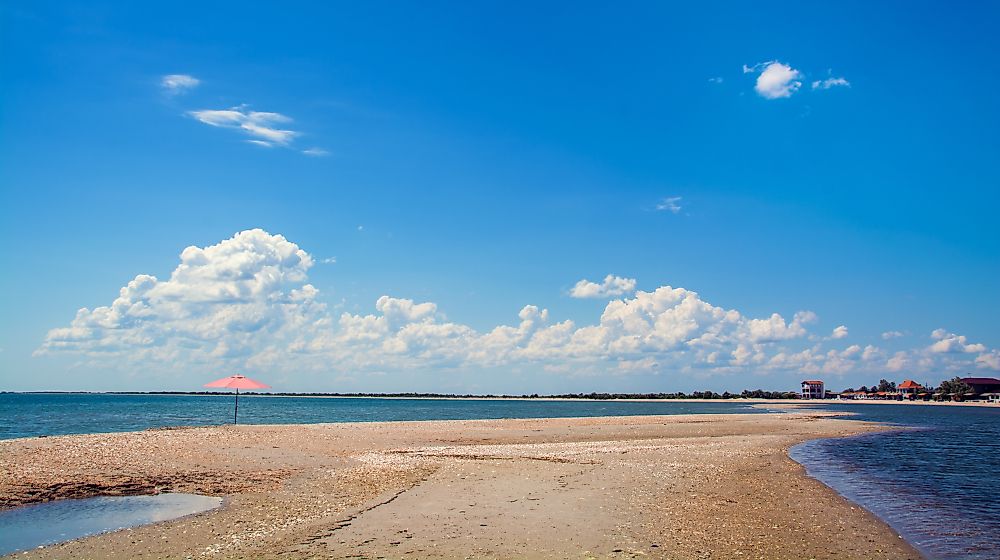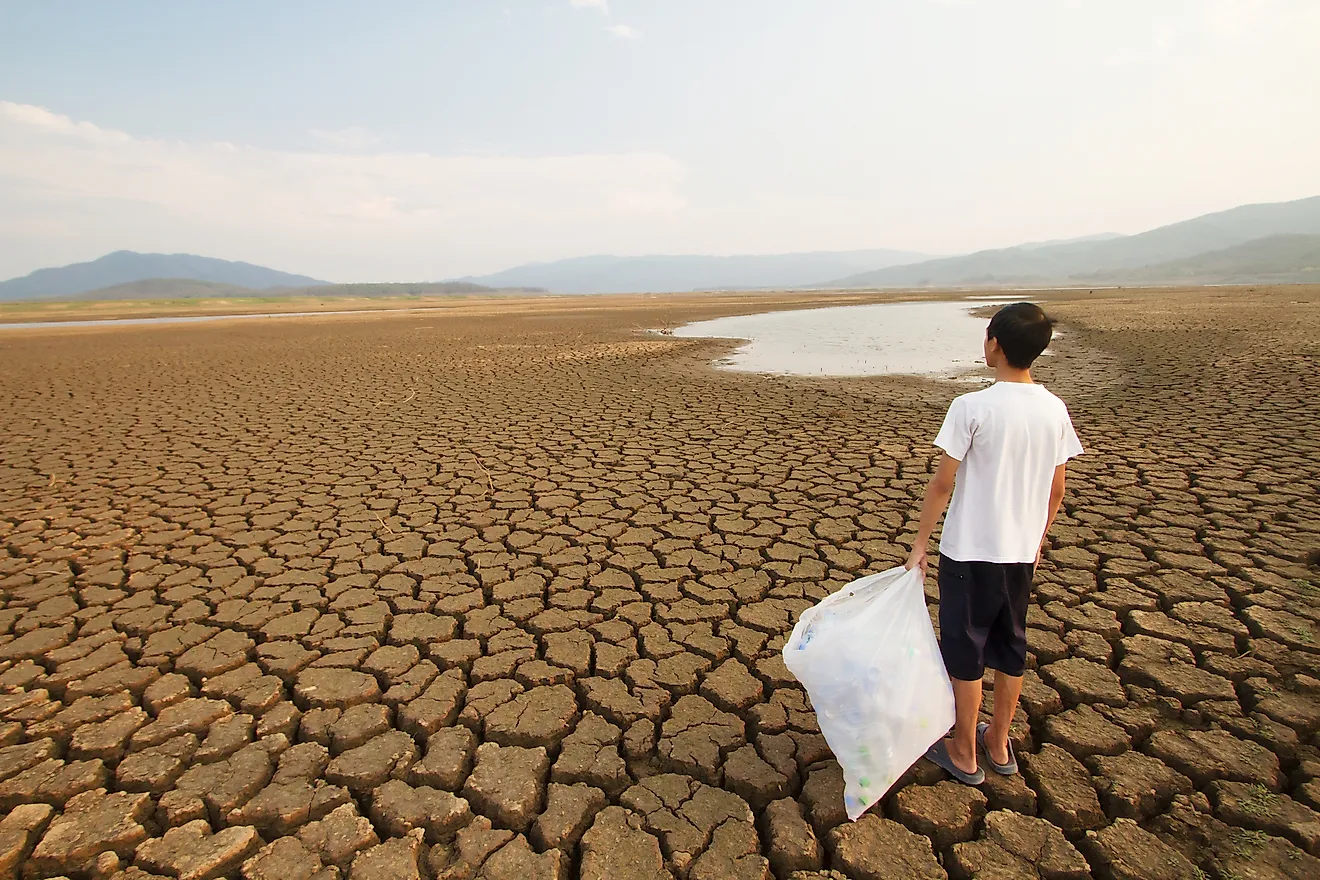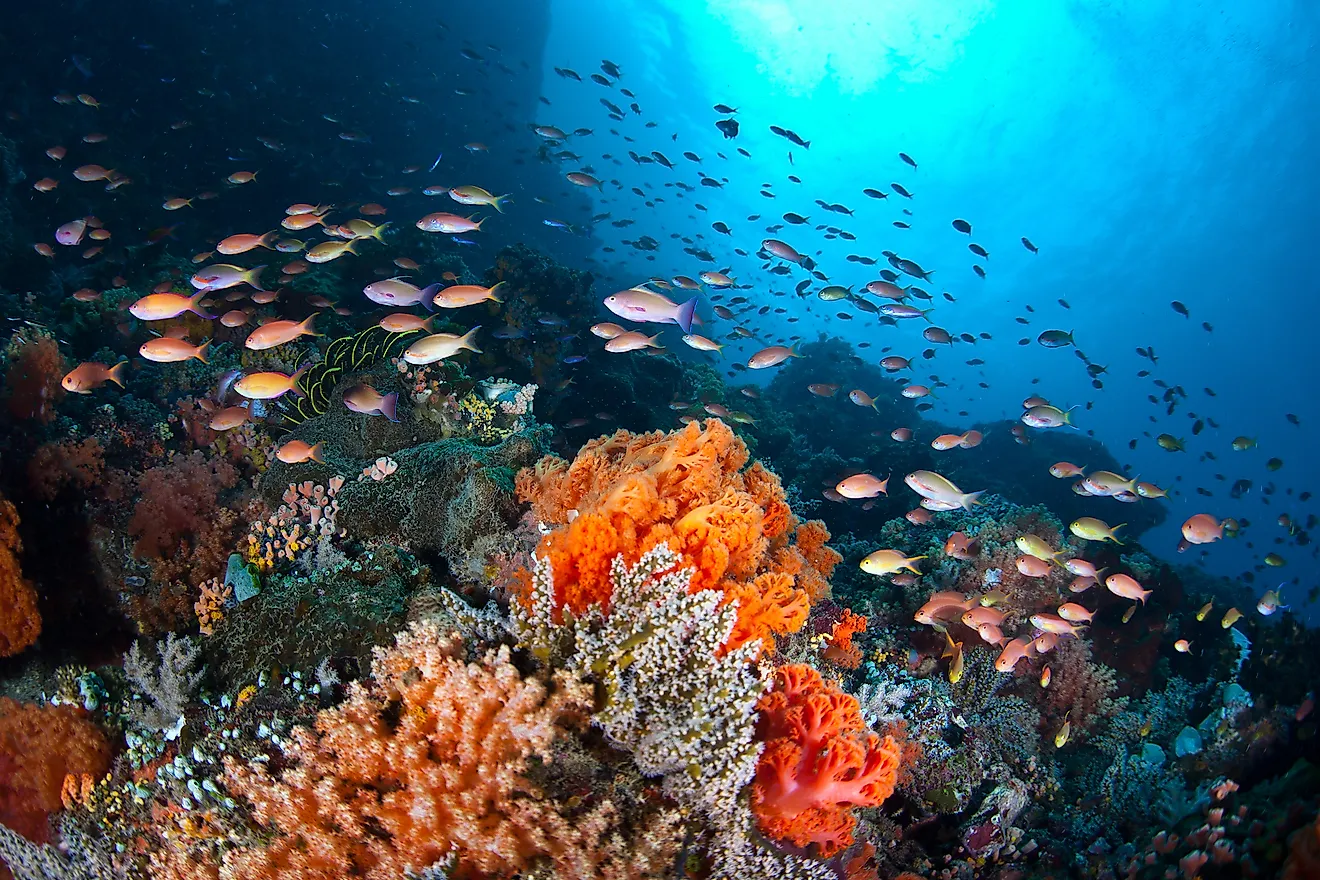What Is A Land Breeze?

A land breeze is a local wind that blows offshore (from the land to the sea) during nighttime and early morning hours before sunrise, along with the coasts of large water bodies. The land normally cools off faster than the sea surface which makes the sea warmer than the adjacent land. The heat capacity of land is low compared to that of the sea surface and hence loses heat at a faster rate. The period length of the land breeze is from sunset to early morning hours when the sun is about to rise. This continues until the land is warmer than the sea surface, and the wind direction changes to a sea breeze.
How A Land Breeze Is Formed?
All winds are formed as a result of a difference in temperature and air pressure. This is the same process as a land breeze. A land breeze is a type of wind that blows during the night and early morning hours just before sunrise when the sea temperature is still warmer than that of the adjacent land surface.
During the day, the sun heats the land and sea to a certain temperature. When the sun sets and night falls, the land loses heat at a faster rate than the sea. Water has a higher heat capacity and retains heat more than the land surface. As a result, the land has a lower temperature compared to that of the sea. The lost heat from the land heats the surrounding air. The warm air above the land is less dense and rises easily creating a region of high pressure on the land surface. The air above the water surface is cooler and denser and therefore sinks. Since all winds blow from high pressure to low-pressure areas, the net movement of the wind is from the land to the sea.
Land Breeze Is Longer In Summers
During summer, the land breeze is more prevalent for a number of reasons. First, summer means that the sea surface is exposed to longer periods of solar insolation which heats up the water surface. At the same time, the land is exposed to higher temperatures which fluctuate much more compared to the sea temperature. The land loses heat quickly while the sea retains much of the heat from the day. Land breezes are especially longer as summer nears the end when the temperature of the sea keeps on rising.
Effects Of A Land Breeze
A land breeze that gathers sufficient moisture in the atmosphere, resulting in an instability, can lead to a night-time thunderstorm. The thunderstorms occur quite often near the beach. A nighttime walk along the shore can be dangerous in case of lightning. In addition to this, sea animals such as the jellyfish can be washed ashore and pose danger to humans.
When the sun rises in the morning, and the land heats up more than the sea surface, a sea breeze occurs. A sea breeze is responsible for cool temperatures on the beach. It is basically the opposite of the land breeze and occurs during the day.











